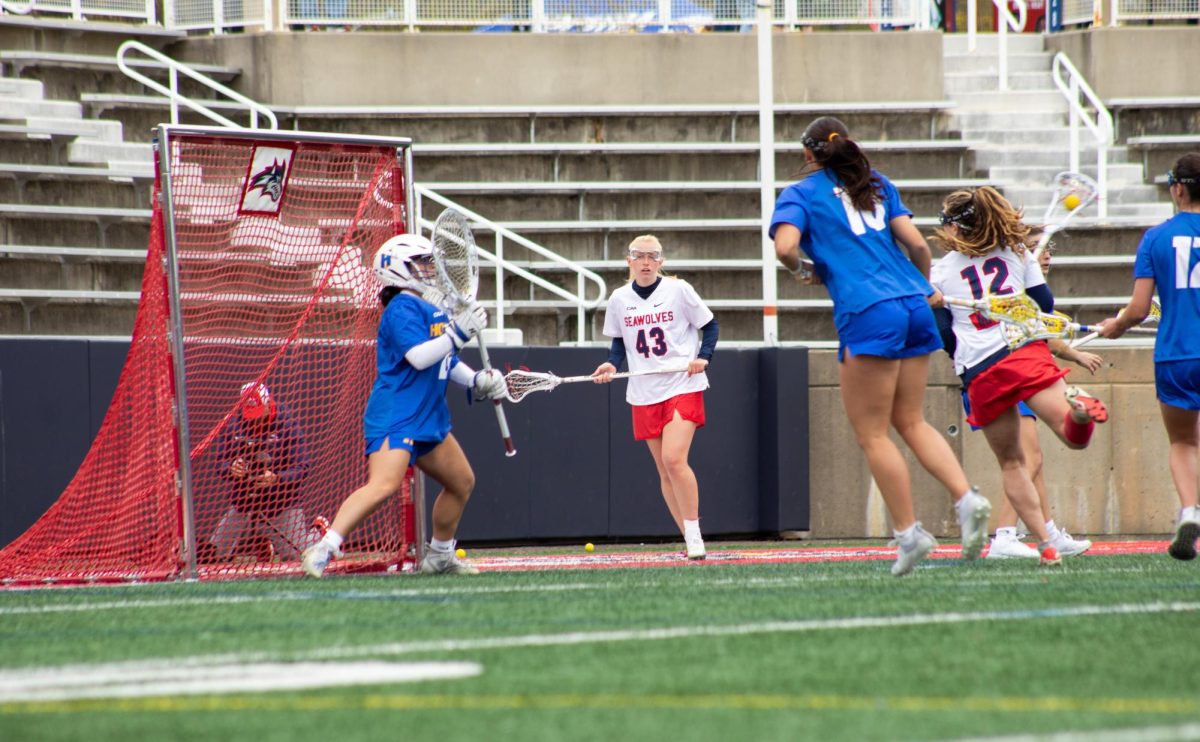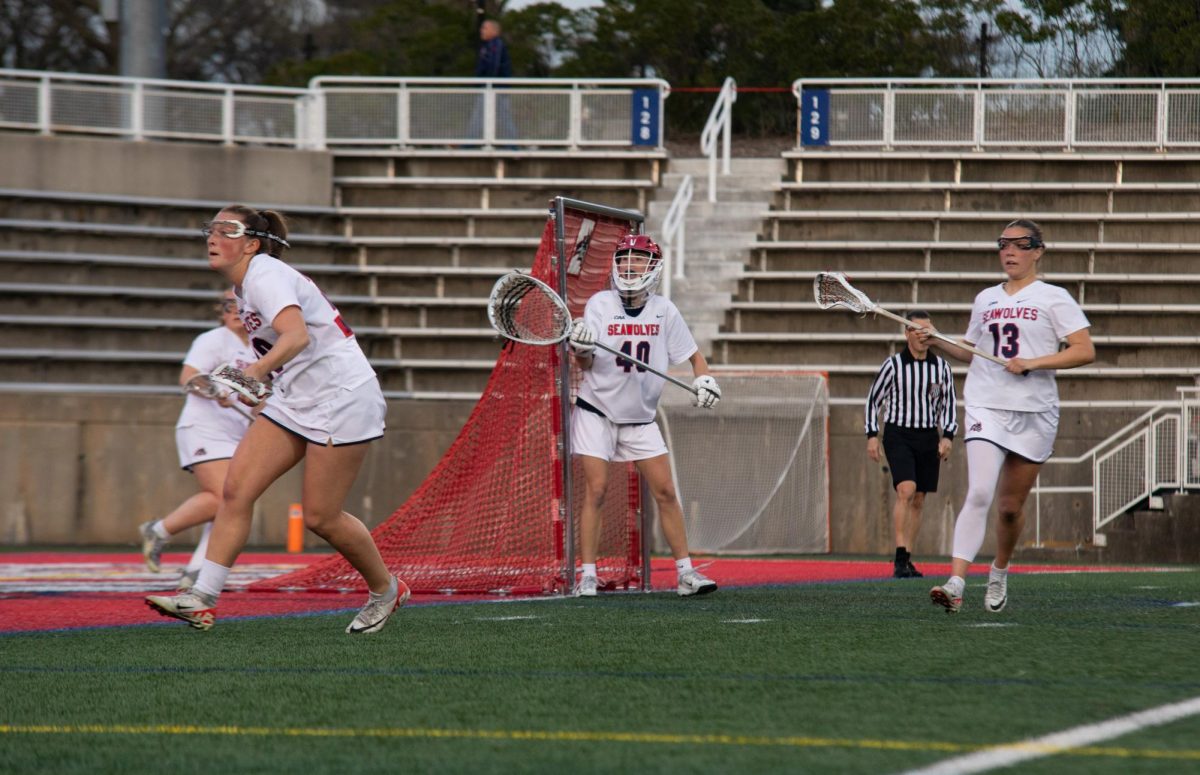
The Stony Brook softball team usually starts off the season playing tournaments down in the southern part of the United States, because it is winter on Long Island.
It’s not something the California girls may be used to.
“If I could do something for four years, I want to experience something different,” sophomore catcher Irene Rivera, who grew up in Sylmar, California, said. “To see the four seasons, it’s cool. It’s something different.”
Every year, the softball team sends out its recruiters all across the country, looking for top-tier talent. It used to be, and still is, a normality for the Seawolves to bring a lot of west coast talent to come play here.
“When the program started here at Stony Brook, we needed to get the best players possible,” head coach Megan Bryant said. “A lot of California players were looking to come east, so we just went with that, and it’s been a pipeline for us ever since.”
In part of the process of recruiting and selling the team to potential softball players, it was not just the sport that brought players to Stony Brook.
“Stony Brook is a very academically tough school,” junior infielder Chelsea Evans said. “And I think that in the long run, when I graduate, a degree from Stony Brook is going to stand out compared to a degree from another school. So that was really important to me.”
Rivera had similar feelings.
“The campus is beautiful, it’s family oriented and the academics are on top of it,” Rivera said about her first visit to Stony Brook. “I know that in order for me to be successful, I need hard academics, or just to be on top of my academics and that really jumped out to me.”
Stony Brook has built a reputation for having successful and intelligent athletes. According to Stony Brook Athletics website, since the 2006-2007 academic school year, more than 250 Seawolves have posted 3.0 GPAs and higher during their fall and spring semesters.
However, as time has passed, things have started to change in terms of the location of recruitment talent. While the west coast is still a premiere recruiting area, the east coast is slowly rising to match the level of west coast talent.
“I think there was a time where you could have said that there was much more talent on the west coast,” Bryant said. “And over the last 15 years, there’s a lot more parody, and there’s a great number of talented players from all over the country. So I don’t think they have the stronghold on it now like they did in the past.”
In addition, there are always differences and issues that players face when traveling to the opposite side of the country to go to college, and in this case, play a sport.
“I don’t get to see my family as much,” Rivera said about a challenge she’s faced. “They would come to every game I played back home and I could talk to them after each game. Now, instead of a face-to-face conversation and talking about what I did right and wrong in the game, it’s a phone call. So that’s something that’s different.”
For Evans, being away isn’t as much of an issue, but she has noticed some differences.
“College ball is a fast-paced game, and so is [travel] softball,” Evans said. “There’s always going to be different coaching styles you’re not used to or different techniques you learn, but I just think that’s a part of the game.”
With the team set to open up their season in Florida for a tournament, the main goal is the same as it’s always been: make the conference tournament and win.












